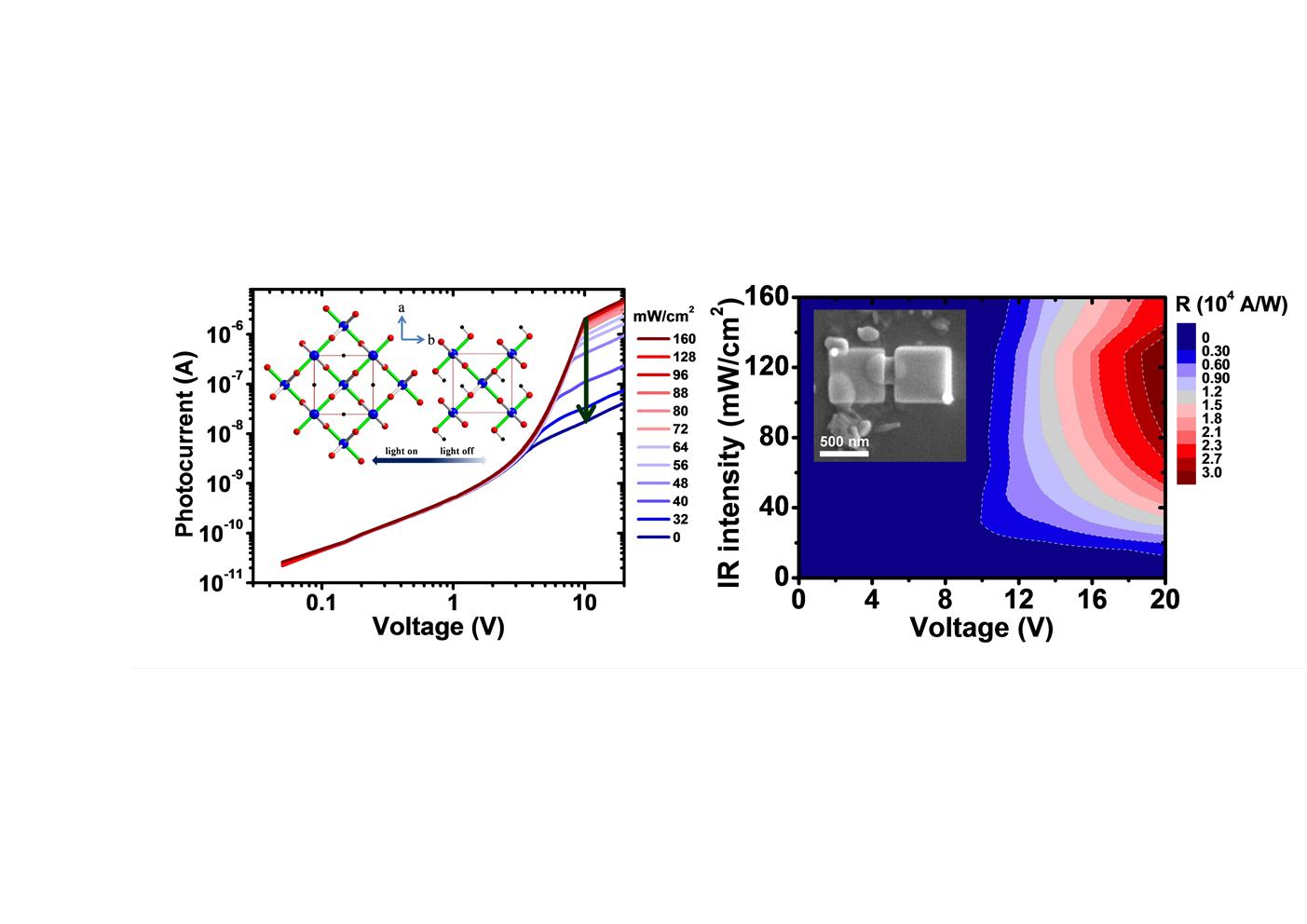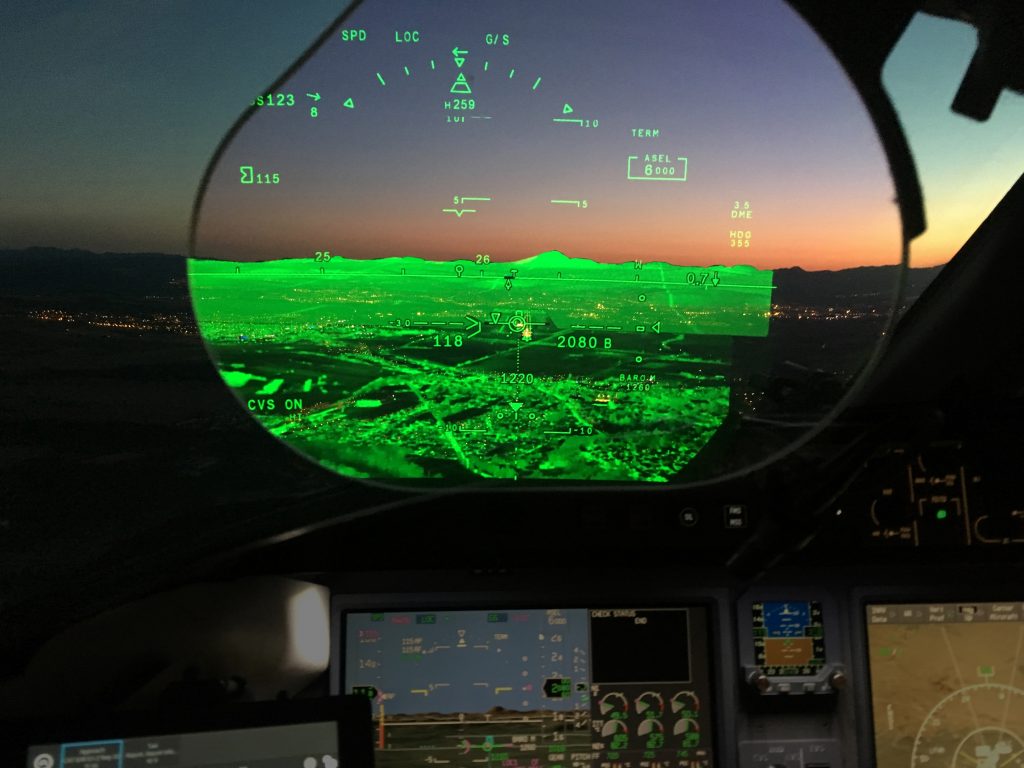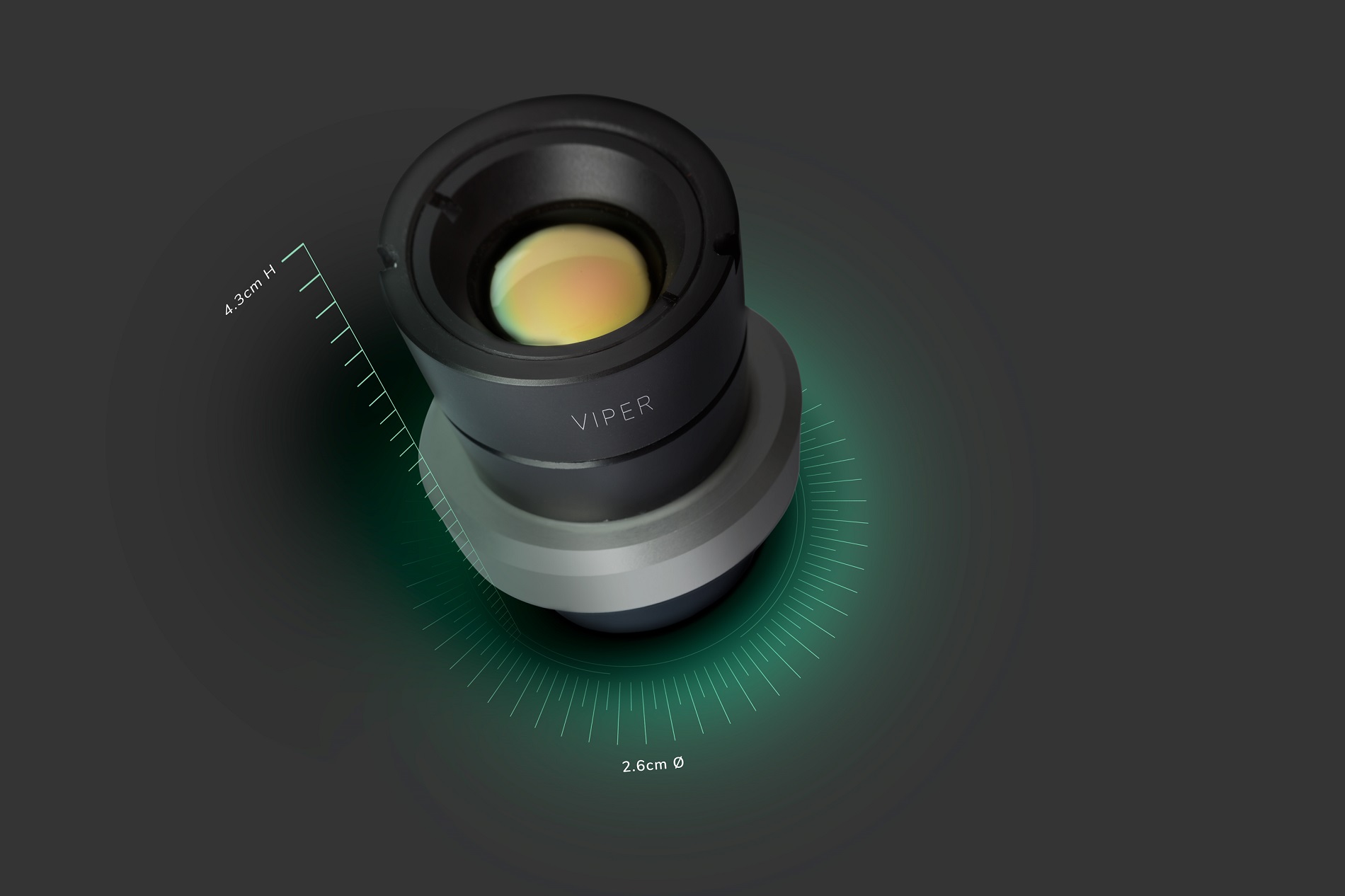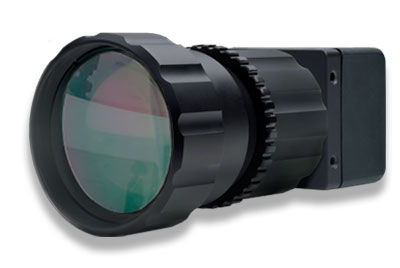2020.03.10
Vision is a very important sense, accounting for more than 80 percent of the total amount of information gained through five senses. In particular, the development of infrared sensors that surpass human senses is an area that attracts attention as it provides information about the new world and can be used to develop the latest multifunctional systems such as thermal imaging cameras, biomedical imaging, night vision, telecommunications, and military facilities.
Gwangju Institute of Science and Technology (GIST, President Kiseon Kim) School of Materials Science and Engineering Professor Bong-Joong Kim's research team developed a high-performance infrared* sensor that operates in nanoseconds on a new principle using vanadium dioxide** single crystal nanoparticles, a transition metal oxide***.
To date, the performance of infrared light detection has been determined by materials and structures with narrow band gaps**** and operating mechanisms that can effectively separate electron-hole pairs. Thus, the materials and operating mechanisms developed so far have limitations in improving the key figure of merit***** of infrared light sensor
Professor Bong-Joong Kim's research team was the first to apply single-crystal HVO2 nanoparticles in a semi-stable condition with excessive hydrogen doped to infrared sensors. Generally, when the bar nadium (VO2) is hydrogen-doped, it has the electrical properties of the metal, but when hydrogen is doped more than that of the phase (e.g., HVO2) it becomes an insulator with a much higher non-resistance (increased by approximately 100 times) than vanadium dioxide.
The operation of the nano particle optical sensor takes advantage of the phenomenon that, when irradiated with light, hydrogenin the most stable interstitial site****** inside the lattice moves to another unstable invasive site. This migration of hydrogen atoms is very fast and reversible, leading to an explosive increase of photocurrent in a certain voltage range, which causes high reactivity and sensitivity.
The developed optical sensor maintained high reactivity (ten thousand amps/watt) and Jones******* sensitivity at room temperature with a reaction rate of several nanoseconds. This performance is the best among all existing two-dimensional monolayer and heterogeneous infrared sensors, and the response speed is 1,000 times faster.
Professor Bong-Joong Kim said, "This research is meaningful because it is the first to use a transition metal oxide in an infrared light sensor. In the future, we expect to dramatically improve the performance of photovoltaic and energy devices by doping atoms."
This research was led by GIST School of Materials Science and Engineering Professor Bong-Joong Kim with School of Materials Science and Engineering Dr. Min-Woo Kim and PhD student Yong-Ryun Jo with support from the National Research Foundation of Korea and was published online on February 28, 2020, in Nano Letters, the most prestigious journal in the nanotechnology field.
* infrared: light in the wavelength range of 700 nm to 1 mm (energy range 1.78 eV to 1.24 meV), a generic term for electromagnetic waves that are longer than red and shorter than microwaves
** Vanadium dioxide: a substance having the formula of VO2that acts as an insulator below 68 degrees Celsius and acts as a conductor above that temperature
*** transition metal oxide: a compound that combines oxygen atoms in the transition metal and is used as a catalyst and a semiconductor
**** band gap: in semiconductors and insulators, the energy region between the valence band and the conduction band
***** key figure of merit: factors that determine the performance of an optical sensor, such as responsivity, effective quantum efficiency, detectability, and response time
****** interstitial site: a position between the regular positions in an array of atoms or ions that can be occupied by other atoms or ion
******* Jones: unit indicating the detection rate of a light sensor













